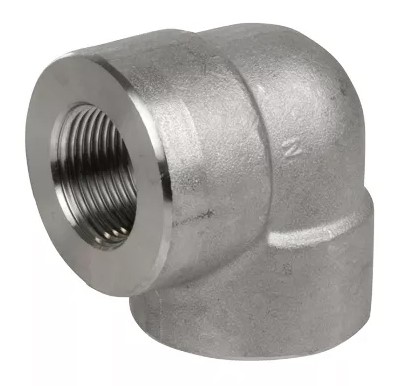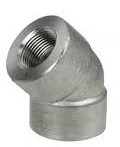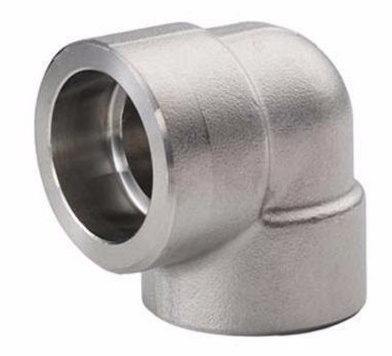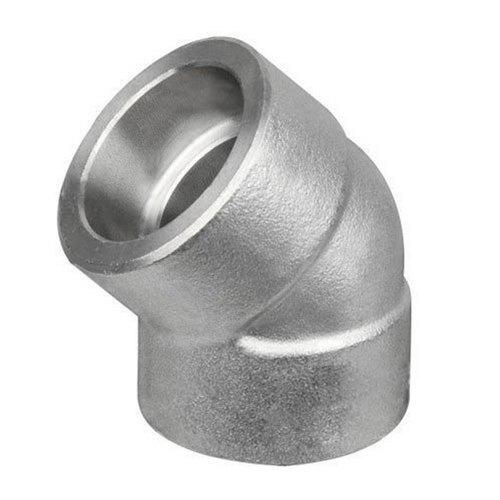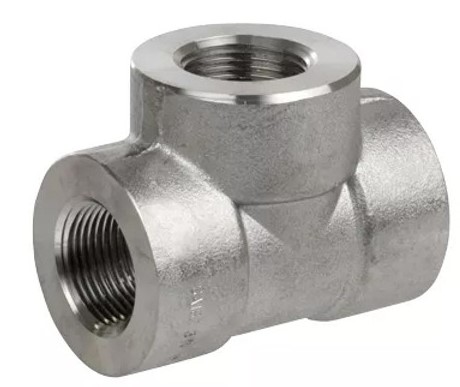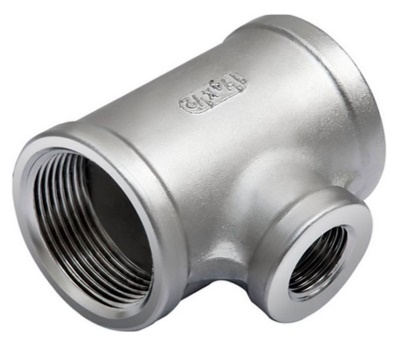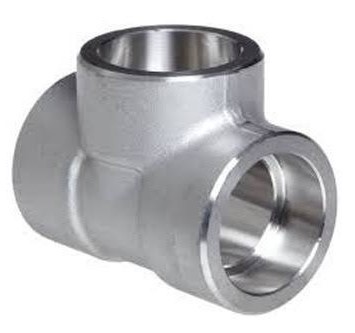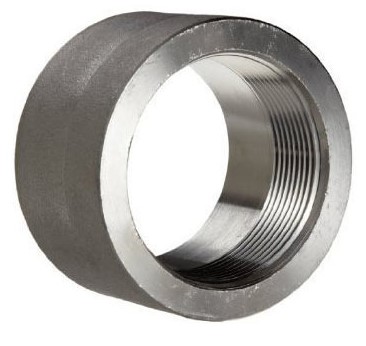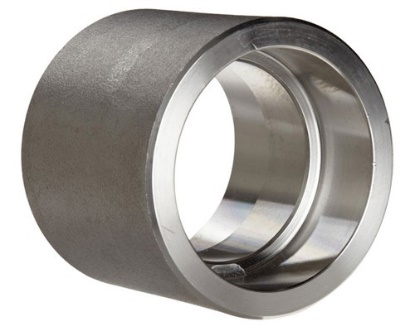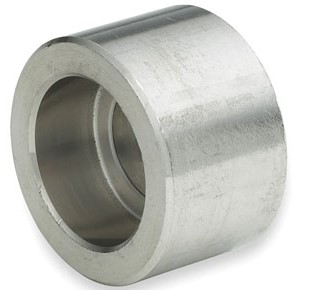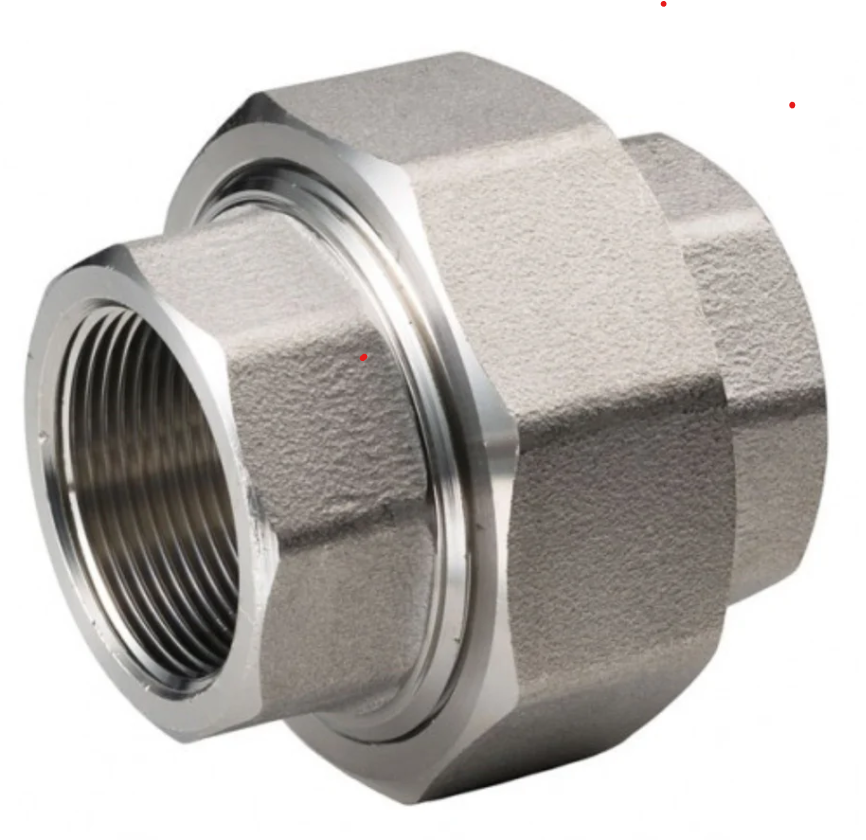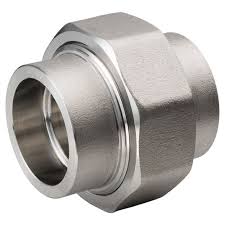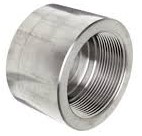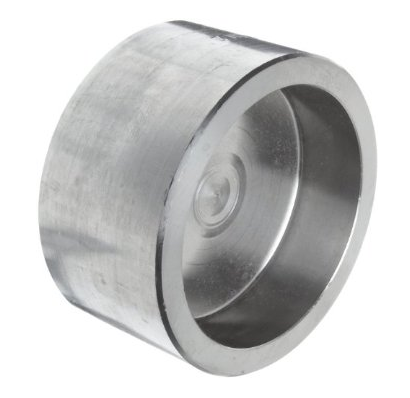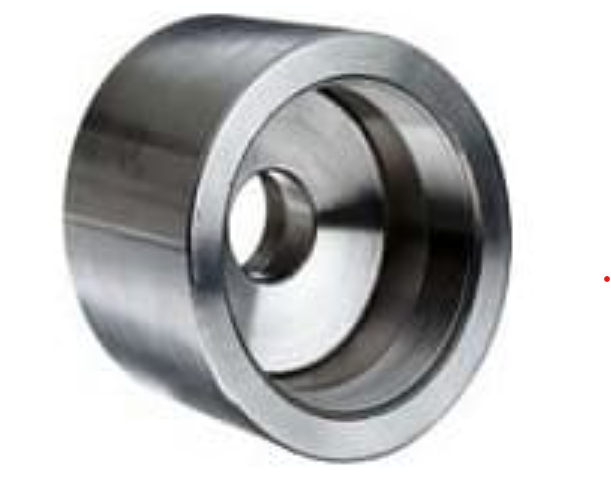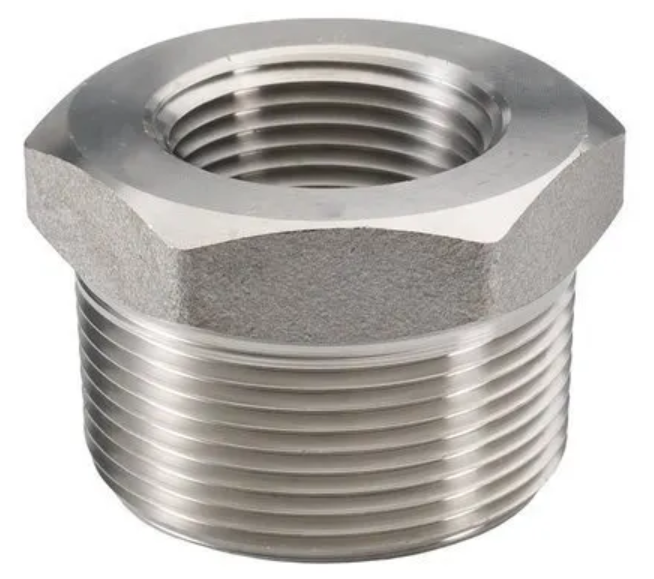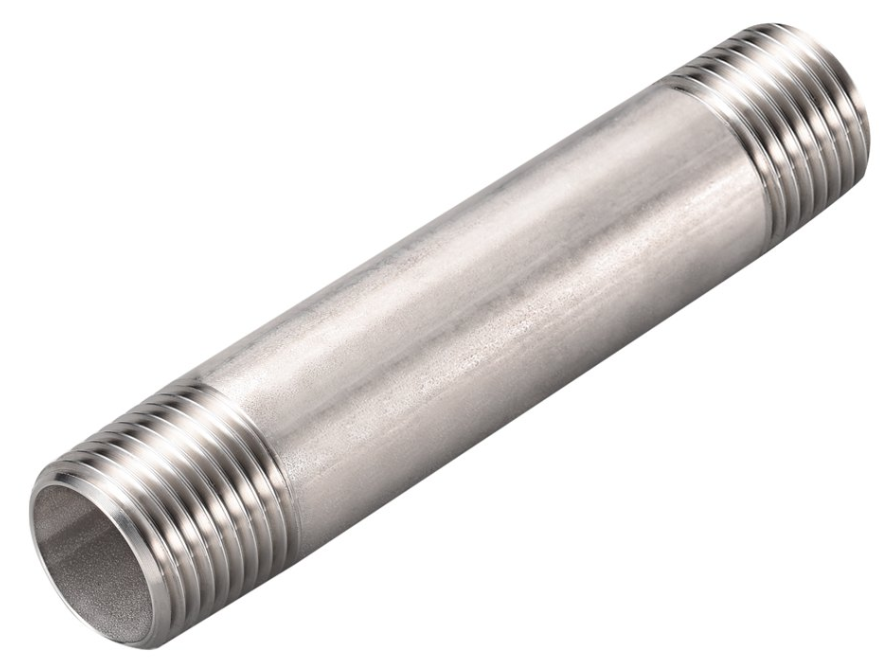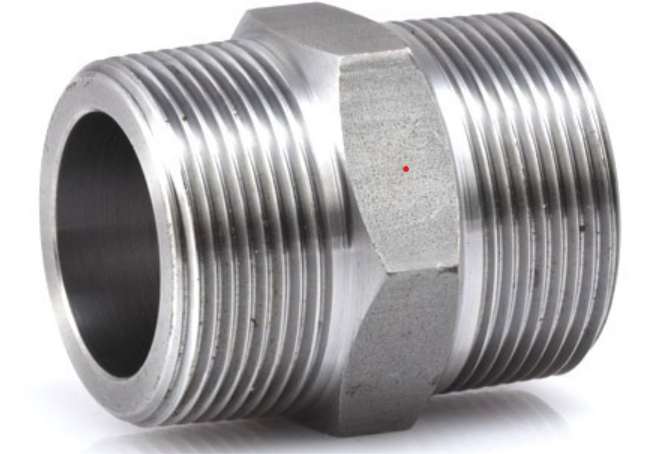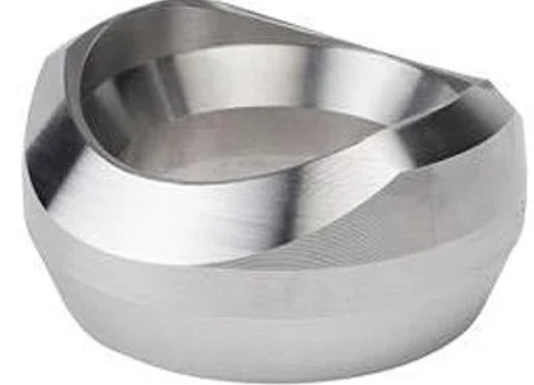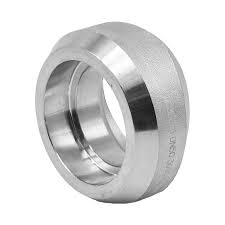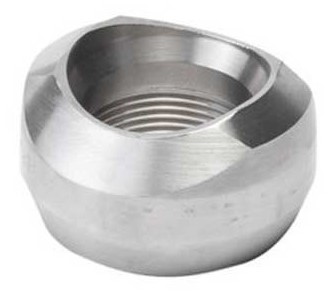Loading...
Forged Fittings
Our Product
Forged Fittings
Engineered for high-pressure applications, our forged fittings are manufactured through a meticulous forging process, resulting in superior strength and resilience. These fittings, including elbows, tees, couplings, unions, plugs, and caps, are available in various sizes and pressure ratings to cater to the stringent demands of industries like oil and gas, petrochemical plants, and power generation. Made from high-grade carbon steel, stainless steel, and alloy steel, our forged fittings offer excellent performance and long-lasting durability.

SIZES & DIMENSIONS
-
Forged Fittings:
-
Sizes: Forged fittings are available in nominal pipe sizes (NPS) ranging from 1/8 inch to 4 inches. Here's a breakdown:
- Small Sizes (1/8 inch to 1 inch): Commonly used in residential and small industrial applications.
- Medium Sizes (1 1/4 inch to 2 inches): Suitable for medium-pressure systems and general industrial use.
- Large Sizes (2 1/2 inches to 4 inches): Used in high-pressure and large-scale industrial applications, such as oil and gas pipelines and water treatment plants.
-
Thickness (Pressure Ratings):
-
Pressure Ratings: Forged fittings come in the following pressure classes:
- Class 2000 (2M): Suitable for low-pressure systems.
- Class 3000 (3M): Standard for general-purpose industrial applications.
- Class 6000 (6M): Designed for higher-pressure systems.
- Class 9000 (9M): Used in extreme high-pressure applications.
- Specialized Applications: For specialized requirements, larger sizes may be available. Tailored solutions can be provided based on your specific needs. Send us your drawings or specifications, and we'll handle the rest.
MANUFACTURING PROCESS
- Cutting the Raw Material: The flange manufacturing process starts by selecting high-quality raw materials, usually specific grades of steel or alloy, known for their strength and durability. The material is cut into precise blanks according to flange dimensions, ensuring minimal waste. Accurate cutting is essential as it defines the basic size and shape, helping reduce subsequent machining efforts and material waste. Advanced CNC machines or plasma cutters are often used for precision, setting a strong foundation for the next steps.
- Forging: The cut blanks are heated to a temperature suitable for forging, typically between 950°C and 1250°C, depending on the metal type. In this softened state, the blanks are placed under high-powered hydraulic or mechanical presses that reshape them into the general form of a flange. Forging not only forms the basic shape but also refines the metal’s internal grain structure, aligning it for enhanced strength, durability, and toughness. This process improves resistance to fatigue and mechanical stress, making the flange suitable for high-pressure applications.
- Heat Treatment: Following forging, flanges undergo a heat treatment process to modify their mechanical properties. This involves heating the forged flange to a specific temperature, then cooling it under controlled conditions. Techniques such as annealing, quenching, and tempering are employed depending on the desired characteristics. Heat treatment relieves internal stresses, enhances hardness, and improves toughness, ensuring the flange can withstand high-pressure environments, thermal fluctuations, and long-term wear. This step is critical for applications requiring high mechanical performance and durability.
- Machining: The heat-treated flanges are then machined to meet precise design specifications, a process that ensures exact dimensions and smooth surface finishes. CNC lathes, mills, and drills are used to refine the flange’s features, including bolt holes, the flange face, and other essential details. Each flange is carefully measured to ensure dimensional accuracy, which is crucial for creating leak-proof seals in piping systems. Machining ensures compatibility with pipes and fittings, a vital aspect for maintaining safety and efficiency in installations.
- Finishing: After machining, each flange undergoes a series of finishing processes that can include grinding, polishing, and coating. Grinding smooths out surface imperfections, while polishing enhances the finish, reducing surface roughness and giving the flange a clean look. Protective coatings, such as anti-corrosion layers or surface treatments, are applied to increase resistance to environmental factors, ensuring the flange is protected against rust and degradation in harsh conditions. This final step guarantees that the flange meets strict industry standards and is ready for reliable use in a variety of applications.
- Inspection and Testing: Before shipping, each finished flange goes through rigorous inspection and testing procedures to confirm its compliance with industry standards and specifications. This includes visual inspection for surface defects, dimensional checks for accuracy, and mechanical testing for strength and durability. Non-destructive tests, like ultrasonic testing or radiography, may also be conducted to detect internal flaws. Only after passing these quality checks is the flange certified for safe use in demanding environments, such as in oil, gas, and industrial piping systems.
- Material Selection & Cutting: High-quality materials, typically in the form of rods or bars, are selected based on the application. The material is then cut into specific lengths to create individual fittings, ensuring accuracy and minimal waste during the process.
- Heating: The selected pieces are heated in a furnace to make them malleable, preparing them for the forging process. The controlled heating ensures the material becomes soft enough to shape while maintaining its integrity.
- Forging: The heated material is placed into forging dies and shaped using a forging press or hammer. This process enhances the grain structure and strength of the material, ensuring the final product has improved durability and performance.
- Trimming: Excess material, known as flash, is trimmed off during the forging process to achieve the desired shape and maintain the necessary dimensions for further processing.
- Machining: The fittings are machined to achieve precise dimensions and a smooth surface finish. This ensures that the final product meets the required specifications and fits perfectly in its intended application.
- Threading (for Screwed Fittings): Threads are cut into the fittings using threading machines to allow for secure attachment to pipes, ensuring a leak-proof connection.
- Socket Formation (for Socket Weld Fittings): A recessed area, or socket, is machined into the fittings to allow for pipe insertion and welding, ensuring a strong and durable connection.
- Heat Treatment: The fittings undergo processes like quenching and tempering to improve their mechanical properties, including hardness and toughness, enhancing their ability to withstand harsh conditions.
- Inspection and Testing: Rigorous quality checks and non-destructive testing methods are performed to ensure the fittings meet industry standards for strength, durability, and reliability.
- Finishing: The fittings receive a final surface treatment to enhance their corrosion resistance and appearance, ensuring they are ready for use in various applications and environments.
Request Our Catalogue
Know More About Forged Fittings
